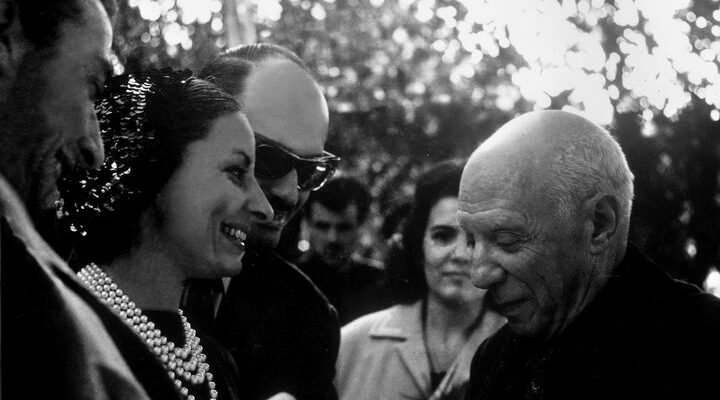Pablo Picasso stands as a colossus in the panorama of modern art, his name synonymous with creative genius and relentless innovation. We cannot fully appreciate Picasso’s artistic journey, marked by transformative phases in art history, without recognizing the muses who ignited his creativity. Picasso’s love affairs, deeply woven into the narrative of his life and work, offer a fascinating lens through which to explore his evolution as an artist. These relationships, far from mere footnotes, were catalysts for his artistic exploration, each leaving an indelible mark on his vast oeuvre.
In weaving together the threads of Picasso’s romantic entanglements, we uncover a rich tapestry of inspiration and influence. Each muse brought out different facets of Picasso’s genius, from the delicate emotional landscapes of his early works to the bold, abstract expressions of his maturity. Their stories, far from mere romantic dalliances, are crucial to understanding the evolution of Picasso’s art. They were muses in the truest sense, partners in a creative symbiosis that pushed the boundaries of modern art.
So, as we delve into the stories of these ten remarkable women, we uncover more than just the personal history of a singular artist. We discover a story of artistic evolution, driven by the muses who inspired, challenged, and shaped the legacy of Pablo Picasso. This exploration is not merely an account of love affairs but a journey into the heart of creativity itself, revealing how the muses of Picasso’s life were the catalysts for some of the most revolutionary art the world has ever seen.
10 – Fernande Olivier
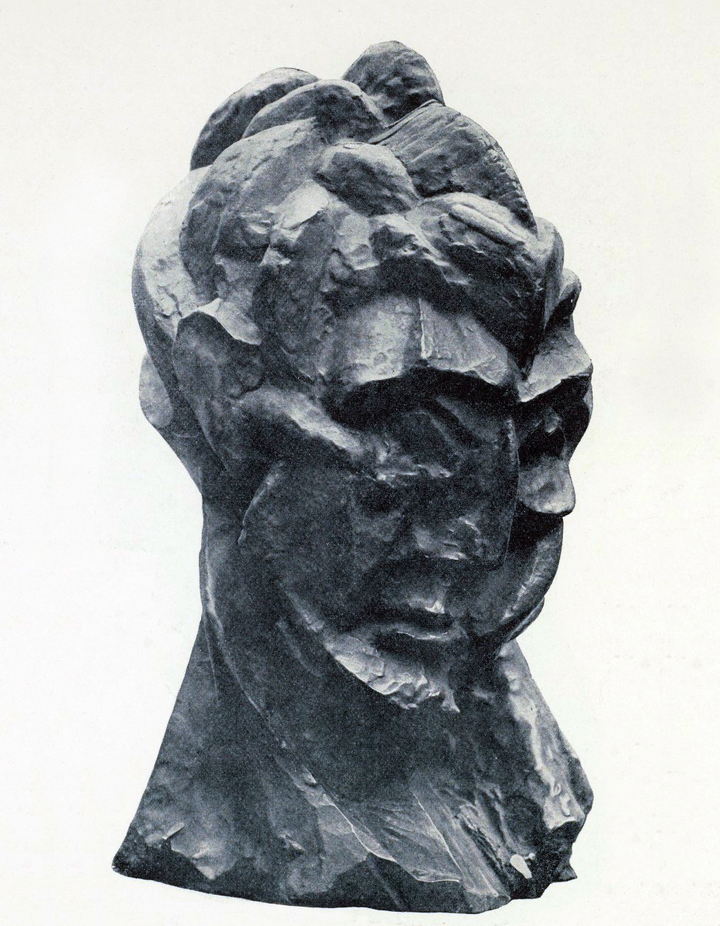
Fernande Olivier, often hailed as Pablo Picasso’s first great muse, played a pivotal role in the artist’s life and work. Their relationship blossomed in Paris, marking a period of intense creativity for Picasso. Olivier’s influence is particularly noted during Picasso’s Rose Period, where her presence can be felt in the warmth and sensuality that characterizes these works. She was more than a lover; she was a companion during Picasso’s formative years in Montmartre, the heart of the bohemian art world. Olivier’s relationship with Picasso was marked by mutual artistic influence, as she herself was an artist. Despite the turbulence of their romance, Olivier’s impact on Picasso’s art is undeniable, providing a human depth and emotional complexity to his early Cubist experiments.
Their relationship, though fraught with jealousy and possessiveness, inspired some of Picasso’s most significant early works. Countless paintings and sculptures by Picasso immortalize Fernande’s figure and persona, with her form becoming increasingly abstracted as his work evolved towards Cubism. This transition underscores not only Picasso’s evolving artistic vision but also the complex dynamics of their relationship. Olivier’s contributions to Picasso’s artistic legacy are a testament to her significance as a muse and partner in his early career. The story of Fernande Olivier and Pablo Picasso is a fascinating exploration of love, art, and transformation, offering insights into the emotional underpinnings of Picasso’s work.
09 – Eva Gouel (Marcelle Humbert)
Eva Gouel, also known as Marcelle Humbert, was a key figure in Picasso’s life, heralding a new phase in his artistic development. As the “queen of Picasso’s Cubist works,” her influence coincided with one of the most innovative periods in Picasso’s career. Their relationship, deeply personal and romantic, fueled an era of experimentation and abstraction that defined early Cubism. Gouel’s presence in Picasso’s life is immortalized in his art, with cryptic messages like “Ma Jolie” appearing in his works, a term of endearment that linked her directly to his cubist compositions.
Gouel’s untimely death from illness left a profound impact on Picasso, plunging him into a period of deep sorrow and introspection. Despite the brevity of their time together, Eva’s influence on Picasso was profound, pushing him to new artistic heights and solidifying his path as a pioneer of modern art. Her legacy within Picasso’s oeuvre serves as a poignant reminder of their love and the indelible mark she left on his artistic journey. Through Eva Gouel, we glimpse the personal struggles and emotional depth behind Picasso’s Cubist revolution, enriching our understanding of this transformative period in his life and work.
08 – Olga Khokhlova
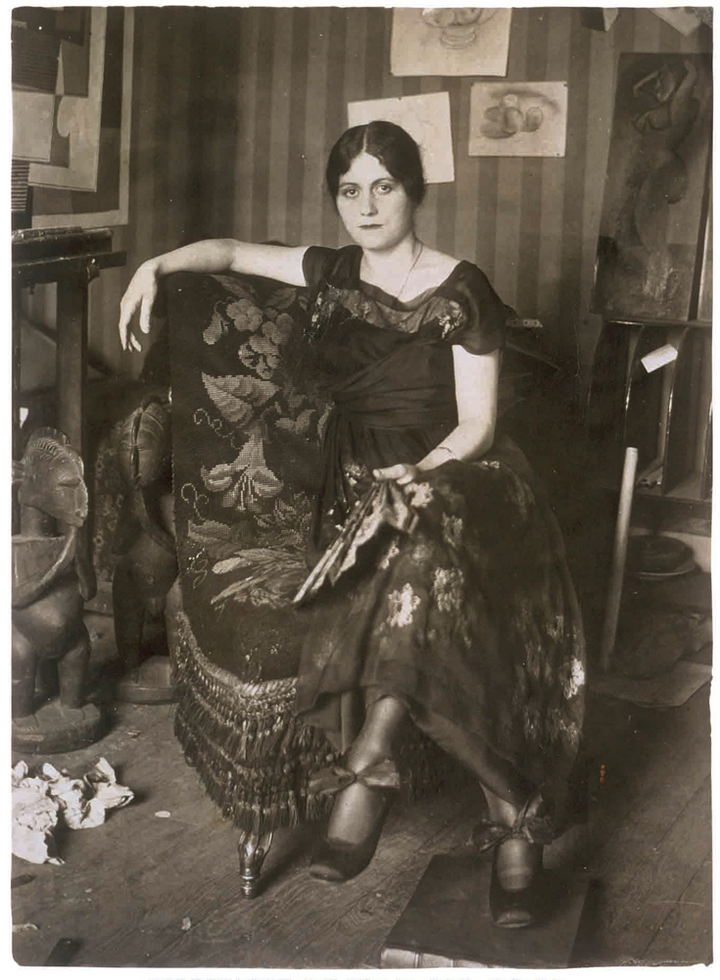
Olga Khokhlova, a Russian ballerina, entered Picasso’s life as he ventured into new artistic and social circles. Their marriage introduced Picasso to a world of classical ballet and high society, contrasting sharply with his bohemian roots. Khokhlova’s influence on Picasso led to a classical representation in his art, a departure from the radical abstraction of his Cubist works. A return to form and classical beauty exploration marks this period, showcasing Olga’s elegance and balletic poise in portraits with unprecedented refinement.
The complexity of their relationship, however, reflects in the evolving portrayal of Olga in Picasso’s work, from adoration to a more strained and abstract depiction, mirroring the disintegration of their marriage. Olga Khokhlova’s story with Picasso is one of contrast and contradiction, bridging the divide between the avant-garde and the aristocratic, and leaving a lasting impact on his artistic legacy. Through her, Picasso explored themes of beauty, elegance, and emotional turmoil, adding a rich layer to the narrative of his life and art.
07 – Marie-Thérèse Walter
Marie-Thérèse Walter represents a chapter of Picasso’s life filled with passion, secrecy, and artistic fervor. Their relationship began when Walter was just a teenager, and she quickly became a dominant muse and the subject of some of Picasso’s most celebrated works. Her physical features and serene disposition inspired a series of voluptuous, sensuous paintings, showcasing a blend of eroticism and affection. Walter’s influence heralded a period in Picasso’s work characterized by bold color, rounded forms, and a departure from the anguish of his earlier periods.
The birth of their daughter, Maya, deepened the complexity of their relationship, intertwining personal joy and artistic inspiration. Marie-Thérèse Walter’s presence in Picasso’s life is a testament to the transformative power of love and muse on an artist’s work. Her luminosity and vitality breathed life into Picasso’s canvases, marking a period of prolific output and artistic innovation that remains one of the most celebrated phases of his career.
06 – Dora Maar
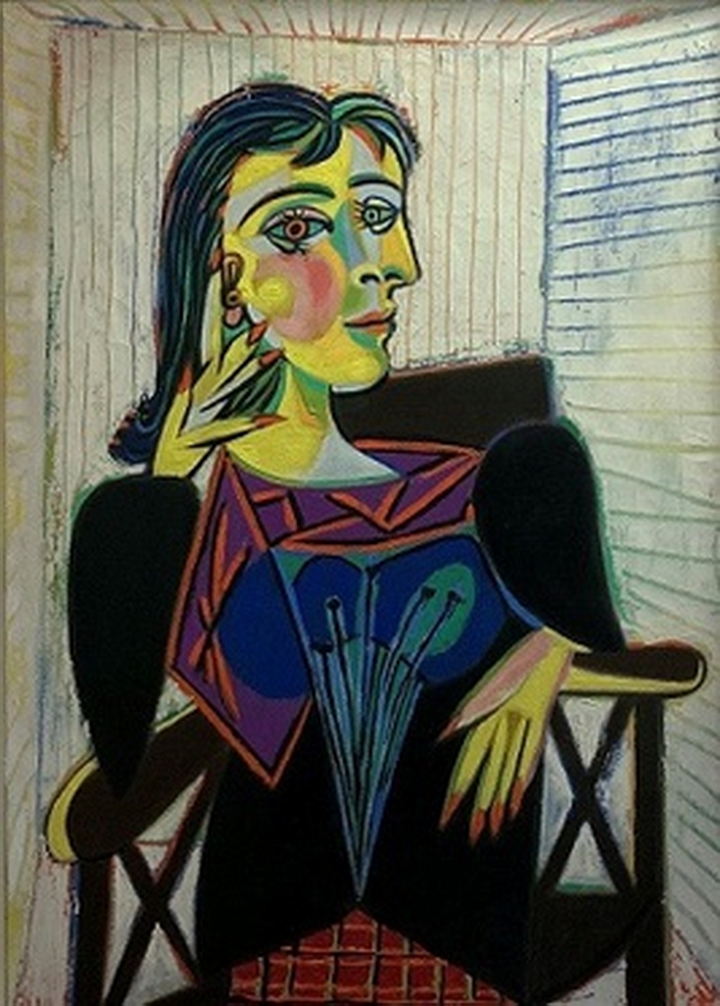
Dora Maar emerged in Picasso’s life as a figure of intellect, emotional depth, and artistic partnership. Their connection was marked by a shared engagement with the political upheavals of their time, most notably the Spanish Civil War, which profoundly influenced Picasso’s masterpiece, “Guernica”. Maar, a talented photographer and painter in her own right, documented the creation of this iconic work, becoming an integral part of its legacy. Her relationship with Picasso is immortalized in the hauntingly emotional portraits he painted of her, epitomized by “The Weeping Woman” series. These works capture the tumultuous nature of their romance and Maar’s profound impact on Picasso’s artistic direction.
Dora Maar’s influence extended beyond her role as a muse; she challenged Picasso intellectually and creatively, her surrealist sensibility infusing his work with a new depth and complexity. The end of their relationship left an indelible mark on Picasso, reflecting the intertwined nature of their personal and professional lives. Maar’s legacy within Picasso’s body of work serves as a powerful testament to their dynamic partnership, underscoring the role of intellectual and emotional connection in the creative process. Through Dora Maar, we see the fusion of love, art, and politics, providing a multifaceted understanding of Picasso’s work during one of the most tumultuous periods of the 20th century.
05 – Genevieve Laporte
Genevieve Laporte, who became involved with Picasso during the later stages of his relationship with Françoise Gilot, brought a brief but impactful presence into Picasso’s personal and artistic life. This period is marked by a series of intimate sketches and portraits that Picasso created of Laporte, showcasing a tenderness and affection that reflect the nature of their relationship. Despite the brevity of their liaison, Laporte’s influence on Picasso during a pivotal time in his career offers insights into the artist’s capacity for renewal and transformation through his relationships.
Laporte’s relationship with Picasso reveals a lesser-known chapter of the artist’s life, highlighting a period of introspection and subtle artistic experimentation. The artwork stemming from this time provides a window into Picasso’s evolving perspective on love, intimacy, and the muse-artist dynamic. Genevieve Laporte’s narrative adds depth to our understanding of Picasso’s complex character and his endless pursuit of inspiration, further illustrating how each muse contributed uniquely to the tapestry of his life and work.
04 – Françoise Gilot
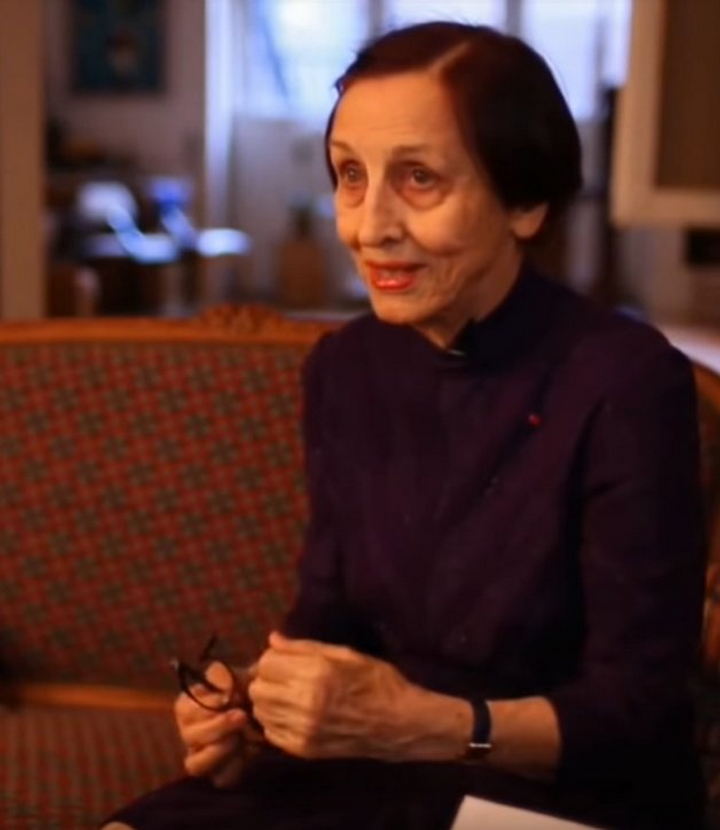
Françoise Gilot stands out not only as one of Pablo Picasso’s muses but also as an accomplished artist in her own right, her relationship with Picasso marking a period of mutual creative influence and intellectual companionship. Unlike the other women in Picasso’s life, Gilot’s association with the artist is famous for her independence and the fact that she was the only partner to leave Picasso. This decision marked a significant moment in both their lives and is reflected in the way Picasso depicted her in his art—less as an object of desire and more as a subject with her own distinct identity and strength.
Gilot’s influence on Picasso’s work during their decade-long relationship in the mid-20th century is evident in the softer, more lyrical quality of his paintings from this period. Their partnership was also a time of great productivity for Picasso, who created numerous portraits of Gilot that convey a sense of respect and admiration. Françoise Gilot’s legacy in the context of Picasso’s life is unique; her presence evokes a narrative of empowerment and resilience, offering a counter-narrative to the often tumultuous experiences of the other women who shared their lives with Picasso. Her story with Picasso enriches the dialogue around muse-artist relationships, highlighting a partnership based on mutual respect and artistic exchange.
03 – Gaby Lespinasse
Gaby Lespinasse, a lesser-known figure in Picasso’s romantic history, briefly entered the artist’s life while he was still involved with other muses. Although their relationship was short, it was marked by an intense passion that inspired Picasso to create a series of works reflecting the fervor of their connection. Lespinasse’s influence on Picasso, though not as extensively documented as that of his other muses, adds another layer to the complex narrative of the artist’s personal and professional life.
The intrigue surrounding their relationship offers a glimpse into a tumultuous period in Picasso’s life, blurring personal and artistic lines. Gaby Lespinasse’s fleeting presence in Picasso’s vast narrative highlights the transient nature of some of his relationships and their impact on his artistic output, emphasizing the diversity of muses and inspirations that fueled his creative genius.
02 – Jacqueline Roque
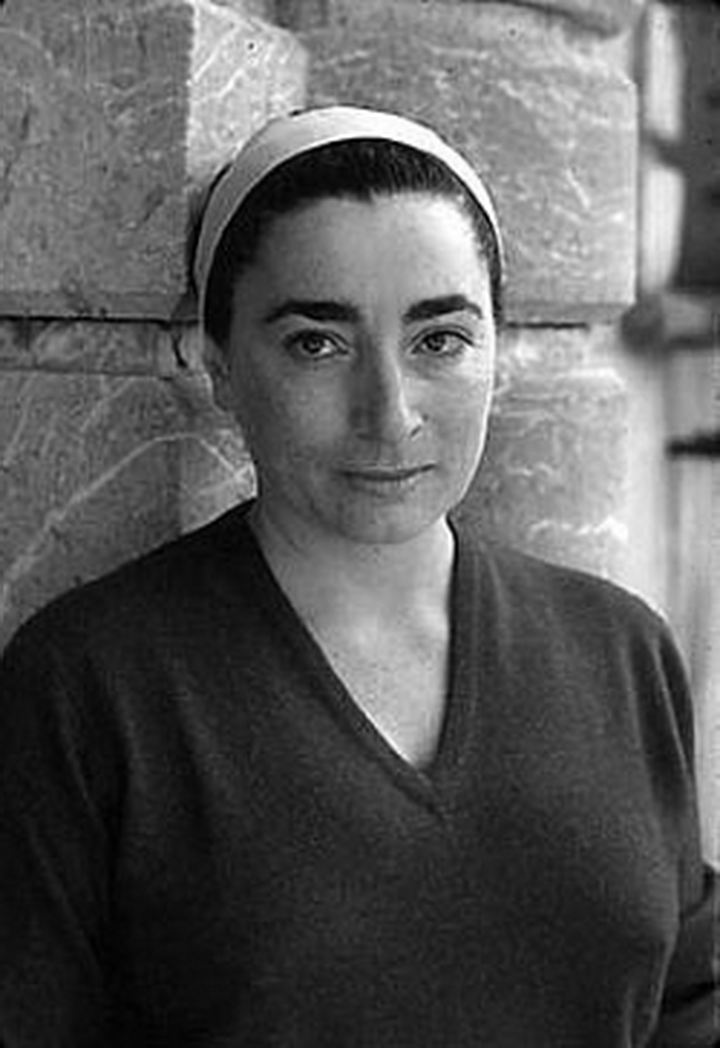
Jacqueline Roque, Picasso’s second wife and final great muse, represents the last major love affair in the artist’s life, her influence permeating the latter years of his work with a profound sense of loyalty and stability. Roque’s relationship with Picasso is characterized by a deep mutual affection and an enduring partnership that lasted until the artist’s death. During their time together, Picasso created more works inspired by Roque than any other muse, a testament to her significant impact on his life and art.
A series of portraits by Picasso, showcasing Roque’s presence, delve into new realms of expressiveness and emotional depth, showcasing the artist’s evolution in his later years. Her influence helped to cultivate a period of immense creativity and experimentation for Picasso, leading to innovations in painting, sculpture, and ceramics. Jacqueline Roque’s story with Picasso underscores the theme of enduring love and artistic inspiration, her legacy cemented in the myriad of artworks that celebrate their life together.
01 – Sylvette David (Lydia Corbett)
Sylvette David, also known as Lydia Corbett, emerged as a muse for Picasso in the 1950s, her distinctive appearance inspiring a new direction in the artist’s work. Known as the “Girl with the Ponytail,” her youthful and striking profile became the subject of numerous paintings and sculptures, showcasing Picasso’s fascination with her unique silhouette and the innocence it represented. David’s relationship with Picasso was primarily as a muse rather than a romantic partner, setting her apart from the other women in his life. This distinction offered Picasso a different form of inspiration, one rooted in form and aesthetic rather than personal or emotional connection.
The period during which Sylvette inspired Picasso is notable for its exploration of purity and simplicity, themes that contrasted with the complexity and intensity of his earlier works. This phase of Picasso’s art, influenced by Sylvette David, underscores the artist’s versatility and his ability to draw inspiration from a wide array of sources. Sylvette David’s (Lydia Corbett) impact on Picasso highlights the transformative power of a muse’s visual identity on an artist’s creative process, further enriching our understanding of Picasso’s artistic legacy.
The Transformative Muse: How Picasso’s Relationships Shaped Modern Art
Pablo Picasso, a titan of 20th-century art, navigated through the waves of Cubism, Surrealism, and Expressionism with a vigor matched only by the complexities of his personal life. His relationships with muses—spanning Fernande Olivier to Jacqueline Roque—were not mere romantic entanglements but pivotal forces in the evolution of modern art. Here, we explore the indelible impact these relationships had on Picasso’s work, emphasizing how personal connections can deeply influence artistic expression.
The Evolution of Picasso’s Artistic Style
The women in Picasso’s life significantly influenced his journey through various artistic periods, each leaving a distinct mark on his creative output.
- Rose Period and Cubism with Fernande Olivier: Olivier’s influence is evident in the softened palette and harmonious lines of the Rose Period, transitioning into the geometric complexities of Cubism.
- Classical Revival with Olga Khokhlova: Khokhlova’s balletic grace inspired a return to neoclassical forms, a stark contrast to the abstracted figures of earlier works.
- Surrealist Explorations with Marie-Thérèse Walter: Walter’s youthful vigor and sensuality infused Picasso’s work with bold colors and curvilinear forms, hallmarking his Surrealist phase.
- Political Angst with Dora Maar: Maar’s intellectual and political engagement is mirrored in the stark, anguished imagery of “Guernica,” a response to the Spanish Civil War.
Each relationship heralded a new artistic phase, demonstrating how emotional and intellectual connections can catalyze creative innovation.
The Role of the Muse in Artistic Transformation
The concept of the muse, traditionally seen as a passive inspiration source, is radically redefined in the context of Picasso’s relationships. These women were not mere subjects but collaborators and critics, their interactions with Picasso fostering a dynamic exchange that propelled his artistic development.
- Intellectual Partnership: Dora Maar, with her sharp intellect and surrealist vision, challenged Picasso, pushing him toward greater political engagement in his art.
- Emotional Catalyst: The tumultuous relationship with Françoise Gilot, marked by intense passion and eventual separation, led to a period of reflection and transformation in Picasso’s art.
The Enduring Legacy of Picasso’s Muses
Picasso’s muses not only immortalize their legacies in canvas and clay but also weave them into the very fabric of modern art history. Their stories offer invaluable insights into the symbiotic relationship between artist and muse, highlighting the profound impact of personal relationships on creative expression.
- Influence Beyond the Canvas: The narrative of Picasso’s life and work, enriched by his relationships, provides a deeper understanding of his art, revealing the emotional and intellectual depths behind each piece.
- Shaping Artistic Narratives: The evolution of Picasso’s style, mirrored by his personal life, underscores the importance of muse-artist dynamics in the broader context of art history.
In conclusion, Picasso’s relationships with his muses were transformative, both for the artist and for the trajectory of modern art. These connections—rooted in love, intellect, and mutual creativity—played a crucial role in shaping Picasso’s artistic legacy, demonstrating the undeniable influence of personal relationships on the creative process. Through the lens of Picasso’s life, we gain a richer, more nuanced understanding of how the interplay between artist and muse can drive the evolution of art itself.


